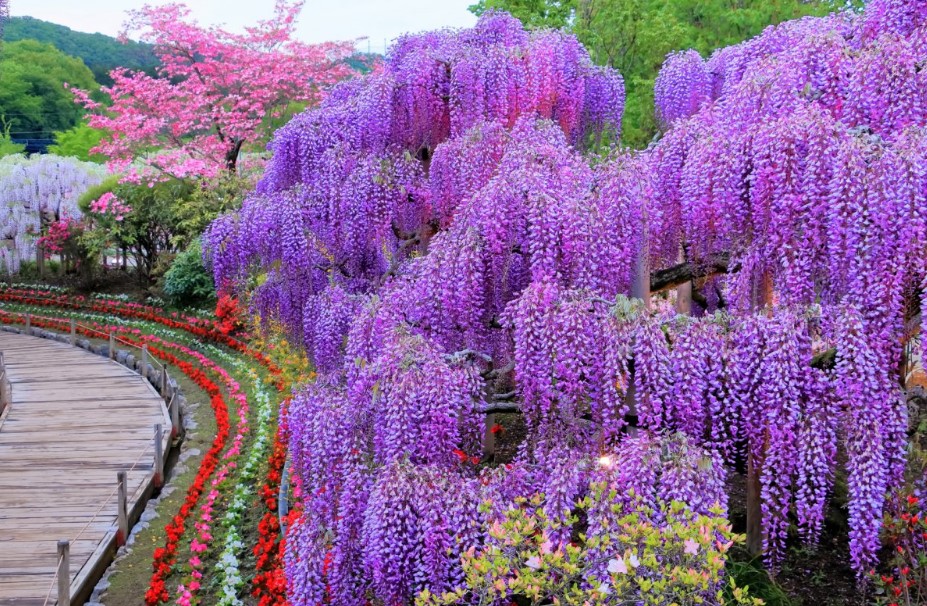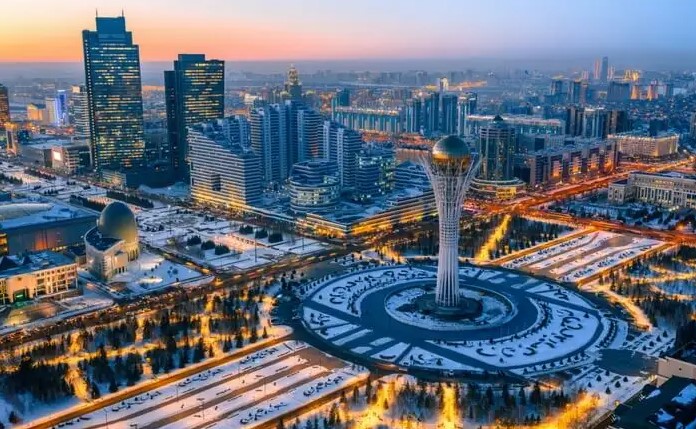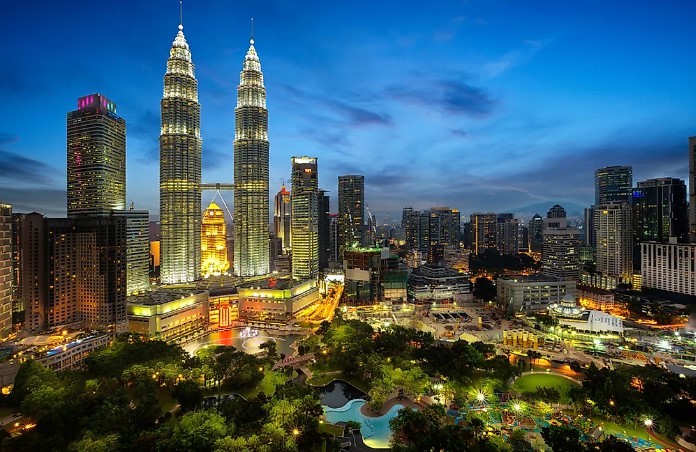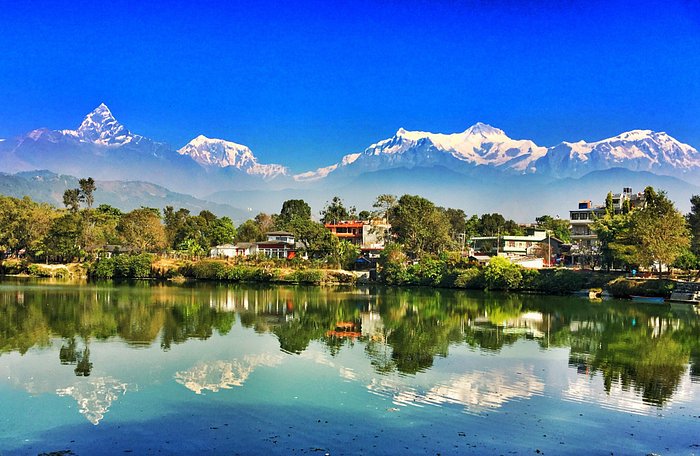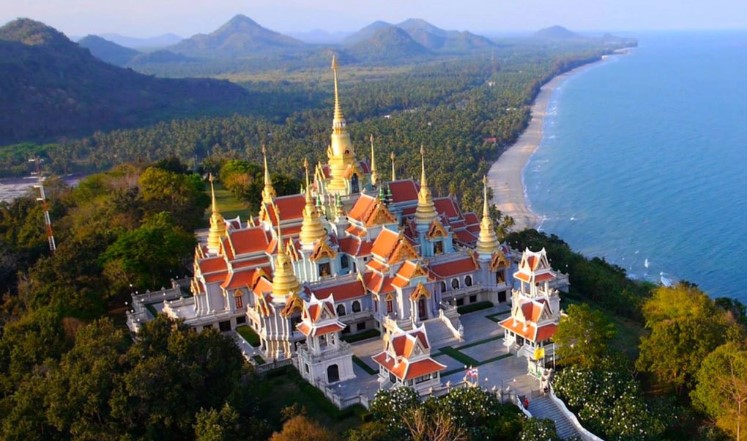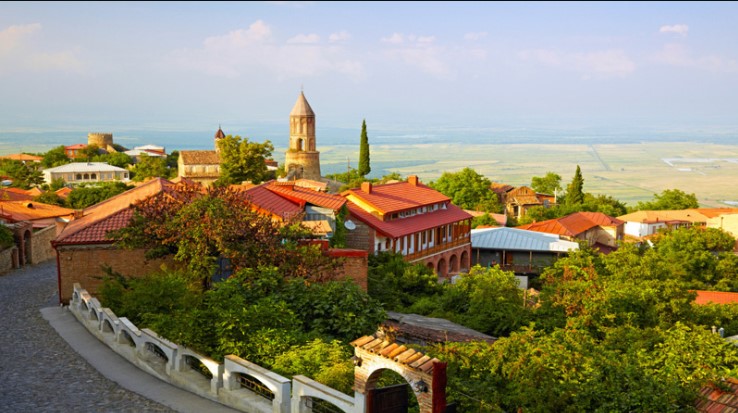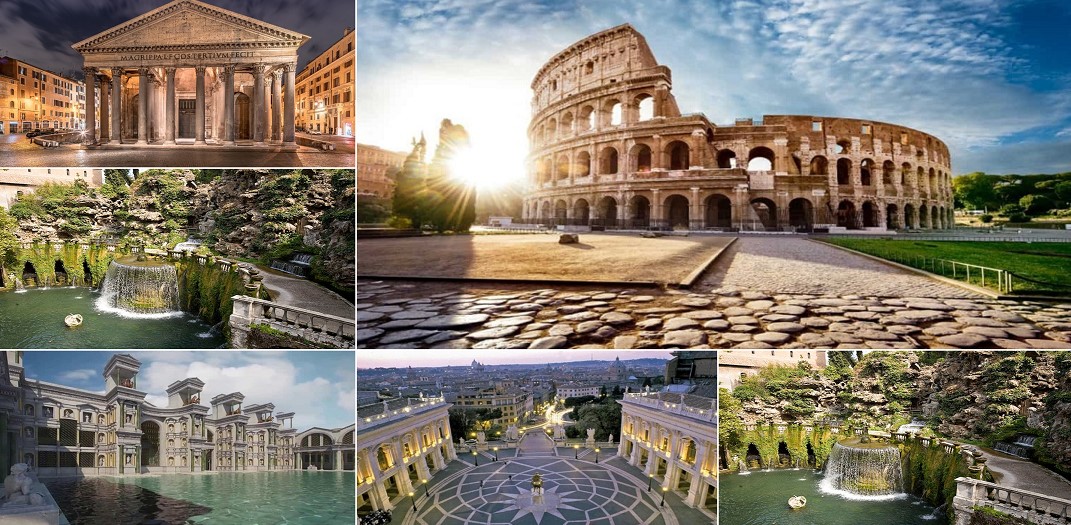Explore the charm of Traditional Afghan Villages, a testament to rich cultural heritage. Discover the unique architecture, lifestyle, and community bonds in these rural gems. Traditional Afghan Villages offer a captivating journey into the heart of Afghanistan's cultural heritage.
Nestled amidst the rugged landscapes, these villages reflect a way of life that has stood the test of time. In this article, we delve into the intricacies of these villages, exploring their architecture, customs, community dynamics, and the significance they hold in preserving Afghanistan's rich traditions. Explore the breathtaking charm of Afghanistan beautiful places.
Traditional Afghan Villages: A Glimpse into the Past
Traditional Afghan Villages encapsulate the essence of Afghanistan's history and traditions. The architecture, characterized by mud-brick homes, intricately designed wooden doors, and courtyard layouts, offers a unique blend of aesthetics and functionality. The villages are often surrounded by lush agricultural fields and orchards, creating a serene environment.
Embracing Simplicity: Lifestyle in Traditional Afghan Villages
Life in Traditional Afghan Villages is marked by a simple yet fulfilling lifestyle. Residents engage in traditional trades such as agriculture, animal husbandry, and handicrafts. This way of life fosters a strong sense of self-sufficiency and community cooperation. The closely-knit social fabric encourages shared responsibilities and celebrations.
Architecture: Masterpieces of Tradition
The architectural marvels found in Traditional Afghan Villages showcase the ingenious methods of construction developed over centuries. The use of locally available materials, such as clay and wood, results in energy-efficient homes that are well-suited to the climate. The distinct design elements and decorative motifs often carry cultural and symbolic significance.
Customs and Traditions: Binding the Community
The customs and traditions observed in Traditional Afghan Villages play a pivotal role in maintaining the community's cohesion. Rituals, ceremonies, and festivals bring villagers together, reinforcing cultural bonds. These events offer a glimpse into Afghan music, dance, and storytelling traditions, adding to the rich tapestry of village life.
Challenges and Preservation Efforts
While Traditional Afghan Villages are a treasure trove of culture, they face modern challenges. Urbanization, lack of infrastructure, and conflict have posed threats to their survival. However, numerous preservation initiatives are underway, aiming to safeguard these villages as living museums of Afghanistan's heritage.
Role of Traditional Afghan Villages in Tourism
As the world becomes more interconnected, Traditional Afghan Villages are gaining attention from travelers seeking authentic cultural experiences. The allure of untouched landscapes, traditional architecture, and warm hospitality is drawing tourists who wish to immerse themselves in Afghan rural life.
Traditional Afghan Villages: FAQs
Q: What makes Traditional Afghan Villages unique?
A: These villages stand out for their timeless architecture, close-knit communities, and preservation of cultural practices.
Q: How do villagers adapt to modern changes?
A: While embracing modernity, villagers strive to maintain their cultural identity and traditional way of life.
Q: Can tourists visit Traditional Afghan Villages?
A: Yes, many villages are open to tourists, providing an opportunity to experience Afghan culture firsthand.
Q: How can I contribute to preserving these villages?
A: Supporting local initiatives, participating in cultural exchange programs, and respecting local customs all contribute to preservation efforts.
Q: What are some must-visit villages?
A: Bamyan, Istalif, and Herat are among the notable villages where you can experience Afghan rural life.
Q: What challenges do these villages face?
A: Urbanization, conflict, and limited access to resources pose challenges to the survival of these villages.
Conclusion: Traditional Afghan Villages are more than just physical spaces; they are repositories of Afghanistan's cultural heritage. As they navigate the complexities of the modern world, these villages serve as a reminder of the importance of preserving traditions and fostering community bonds.
By experiencing life in these villages, travelers can forge connections with the past while contributing to their conservation. As we embrace progress, let us also cherish and protect the timeless beauty of Traditional Afghan Villages. Embark on an adventure to Afghanistan beautiful places and immerse yourself in the captivating beauty that defines this remarkable nation.













